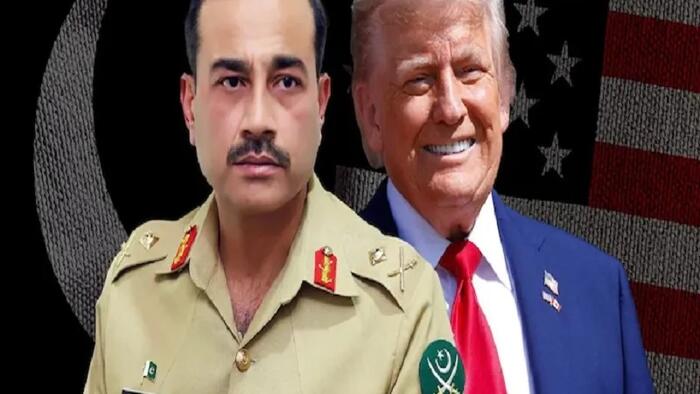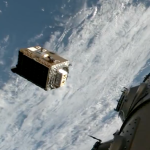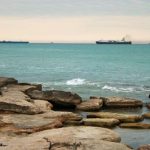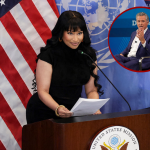Authored by Andrew Korybko via Substack,
Pakistan has been pivoting towards the West since April 2022’s post–modern coup against former multipolar Prime Minister Imran Khan, with this trend accelerating since Trump’s return to power and his obsession with punishing India for not subordinating itself as the US’ largest-ever vassal state.
Their rapid rapprochement aims to geostrategically reshape South Asia via the revival of their Old Cold War-era partnership, which would advance US interests by greatly decelerating regional multipolar processes.
To that end, Pakistan is suspected of facilitating the flow of foreign terrorists into Afghanistan as anti-Taliban proxies per what can be intuited by Secretary of the Russian Security Council Sergey Shoigu in his article from late August that was analyzed here last month. In parallel, Trump’s recently reaffirmed goal of returning US troops to Afghanistan’s Bagram Airbase can only succeed with Pakistan’s support. To top it all off, the Financial Times (FT) reported that Pakistan is now offering the US a commercial port too.
They cited unnamed advisors to Pakistani army chief Asim Munir, the country’s de facto ruler who’s visited the US three times this past year alone and met with Trump twice thus far, to inform their audience that he envisages this being established in Pasni. That town is in close proximity to Iranian-bordering Gwadar, the terminal point of the Belt & Road Initiative’s China-Pakistan Economic Corridor (CPEC) flagship that which the US has long fearmongered could one day host the Chinese Navy.
The FT reported that the project’s blueprint plays on these fears as well as the US’ ones about Iran and even Russia to make their Pasni proposal more appealing to Trump 2.0. The document allegedly declares that “Pasni’s proximity to Iran and Central Asia enhances US options for trade and security…Engagement at Pasni would counterbalance Gwadar…and expand US influence in the Arabian Sea and Central Asia…China’s Gwadar investments under the Belt and Road Initiative raise dual-use concerns.”
The US presence in Pasni would aid the export of minerals that US companies were invited by Pakistan to mine in Balochistan province but could quickly take on military dimensions. The US naturally has an interest in helping Pakistan defeat the terrorist-designated “Balochistan Liberation Army” that’s been menacing this resource-rich region. That could lead to mission creep in Afghanistan given Pakistan’s claims that the Taliban backs that group, however, and more sanctions against India for the same reason.
The pretext of assisting “Major Non-NATO Ally” Pakistan in its own “War on Terror”, especially if Americans (even if only security contractors) are killed after attacks on US mining projects in Balochistan, could serve to justify the basing of US naval forces, ground troops, and/or aerial assets in or near Pasni. A Qatari-like pact could then follow for guaranteeing Pakistan’s security vis-à-vis Afghanistan, India, and even Iran, which Pakistan has also accused of backing terrorist-designated Baloch groups.
Through these means, which are dependent on a US presence of some sort in Pasni, Pakistan would complete its pro-Western pivot by fully restoring its Old Cold War-era partnership with America that Imran Khan opposed (and is why he was deposed). The regional multipolar processes championed by Russia, India, Iran, and China would therefore be challenged like never before, but that could also lead to them cooperating like never before too, with Pakistan bearing the brunt of their collective pressure.
Loading recommendations…











